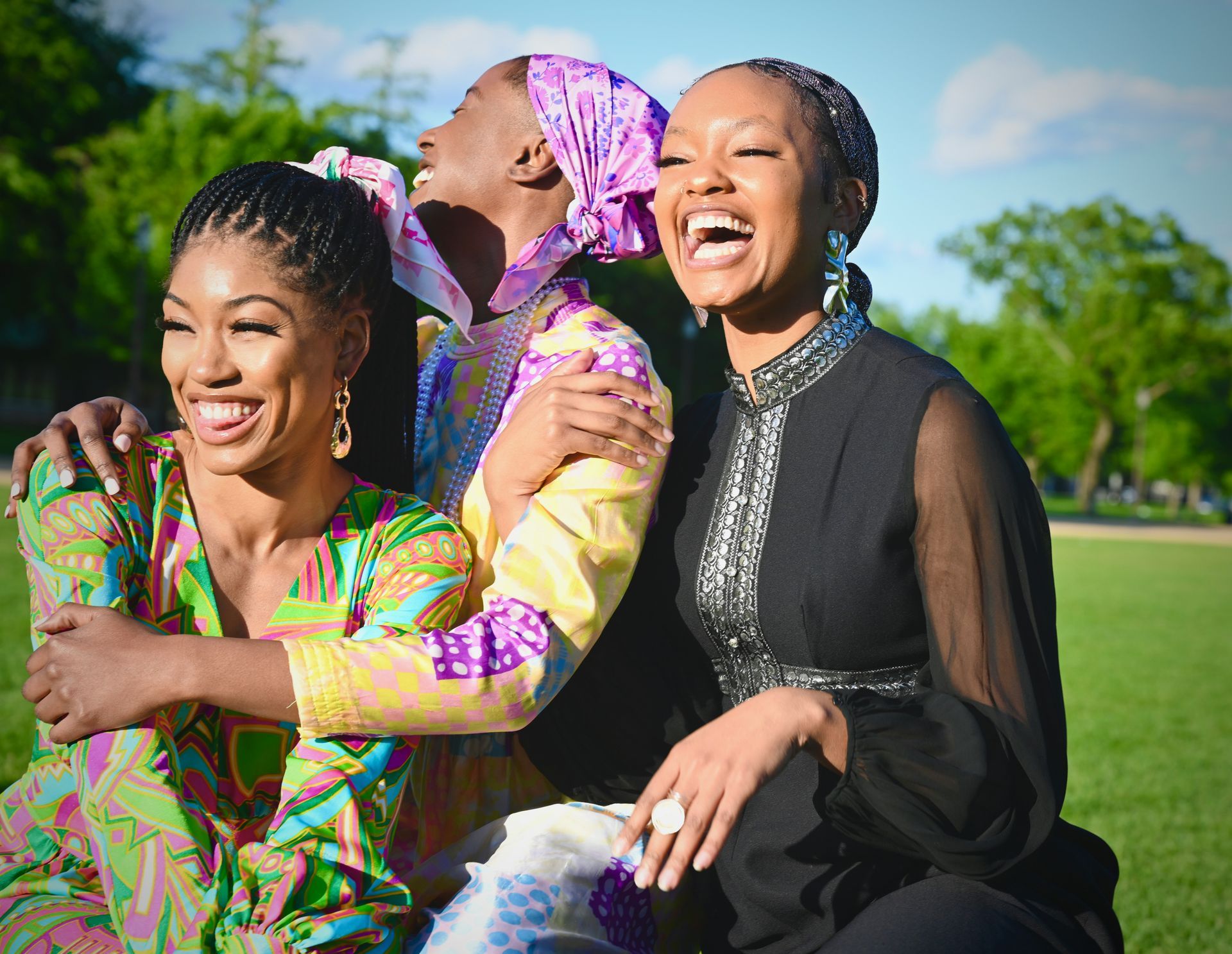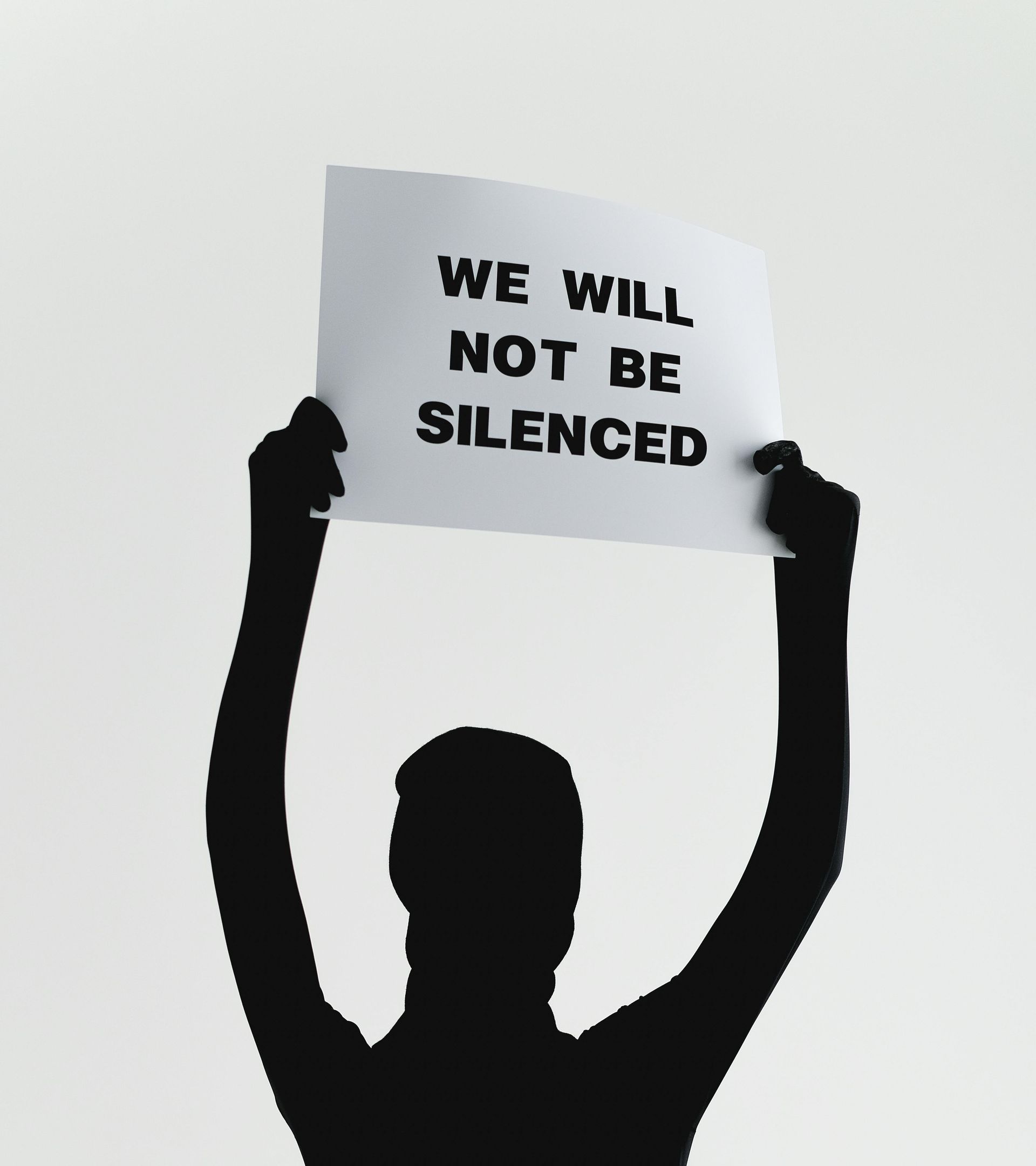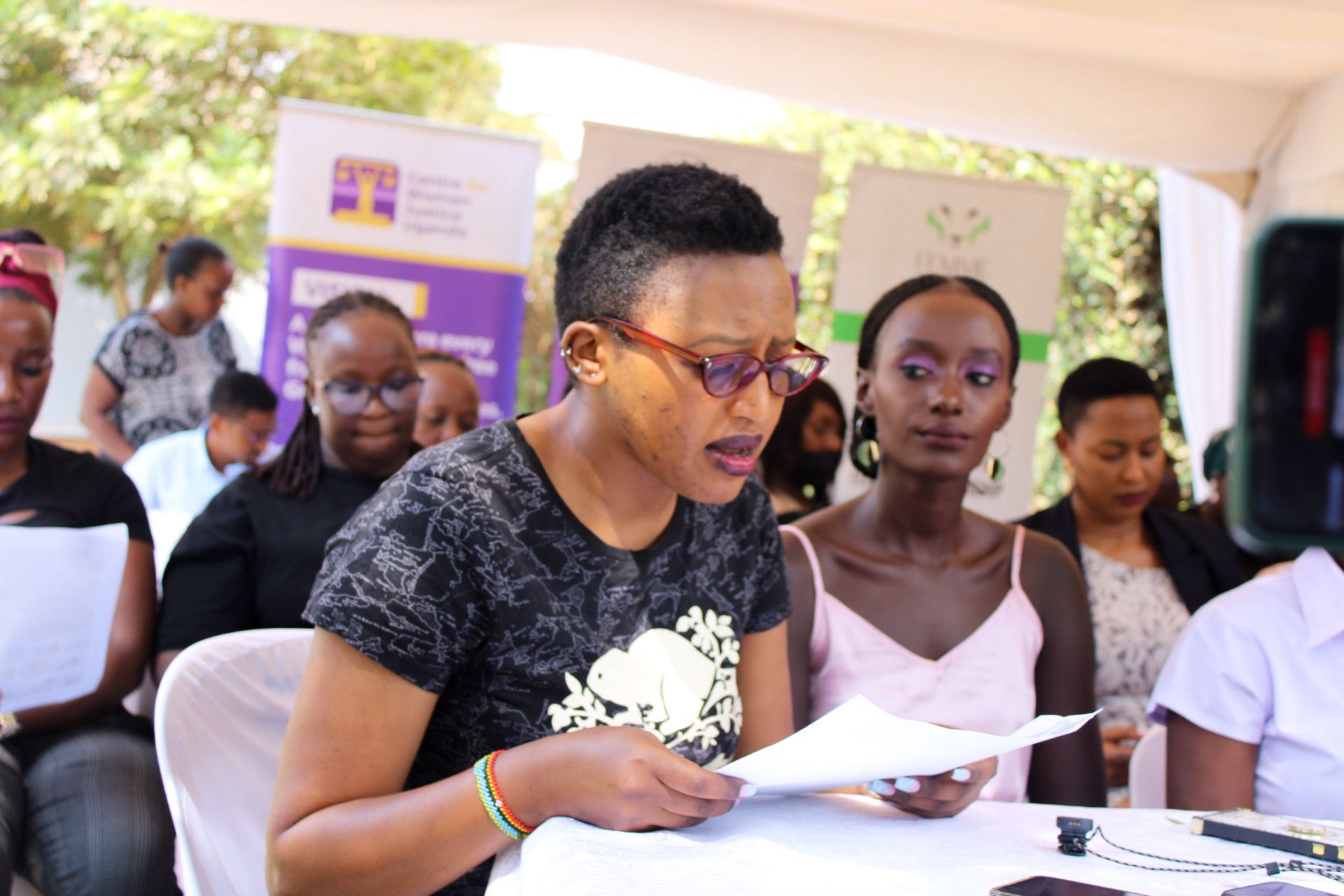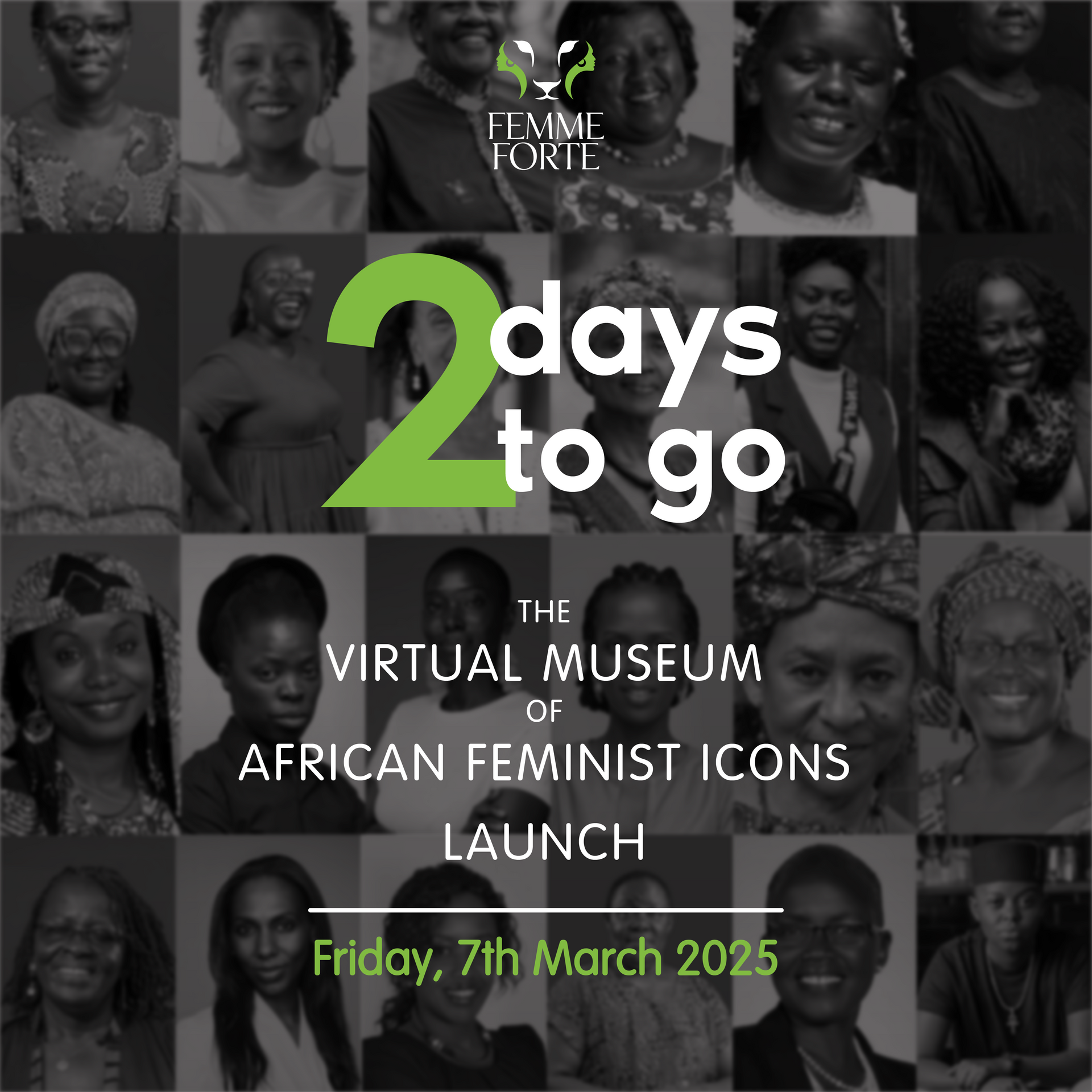Profits, Power, and Possibilities: A Feminist Call to Rethink Investment in Uganda
In the hills of Mbale, a foreign company builds a factory. The community loses its water source. In Kampala, a social enterprise struggles to scale because funding only follows profit. The pattern is clear: capital is flowing, but impact is not.
In Uganda, investment is not new. Capital has always found fertile ground here. But the question is no longer whether we are attracting investment. It’s whether the investments we attract are building communities, or simply extracting from them.
Impact investment offers an alternative; a model that marries financial return with measurable social and environmental outcomes. Yet in our local context, where traditional investment models still reign supreme, this approach remains misunderstood, underutilized, and sometimes outright ignored.
Traditional investments in Uganda concentrate in high-return sectors that often benefit the few at the expense of the many. Real estate and construction have transformed Kampala’s skyline, but these developments frequently exclude low-income communities and drive up the cost of living. In extractive industries like oil, gas, and mining, profit margins soar while the communities closest to these resource zones are displaced, under-compensated, and left worse off than before.
Large-scale commercial agriculture has expanded, often through foreign direct investment, but local farmers are pushed to the margins. Land grabbing, loss of biodiversity, and exploitative labor practices are recurring themes. Meanwhile, microfinance institutions and traditional banks lend at high interest rates, trapping borrowers in cycles of debt. Import-driven trade, though profitable, does little to empower local industries, and infrastructure deals under public-private partnerships often prioritize returns for the private sector over access and affordability for citizens.
The result? A lopsided development trajectory: profitable on paper, extractive in practice.
Impact investment disrupts that narrative. It is not philanthropy dressed as finance; it is intentional capital that asks harder questions. Can we generate returns while reducing maternal mortality? Build solar grids that deliver both power and profit? Empower women entrepreneurs and still grow the bottom line?
Globally, the impact investment movement is expanding. From climate-smart agriculture in India to affordable housing in Latin America, investors are realizing that doing good does not have to come at the expense of doing well. But in Uganda, this ecosystem is still young. Awareness is low. Platforms for social entrepreneurs are few. Incentives for community-aligned investing are even fewer.
And yet the need has never been greater. Uganda has one of the youngest populations in the world. Youth unemployment, gender inequality, and the climate crisis are not just development challenges, they are investment opportunities waiting to be redefined. Social enterprises are emerging, civil society organizations are innovating at the grassroots level, and women are leading informal businesses with grit and grace.
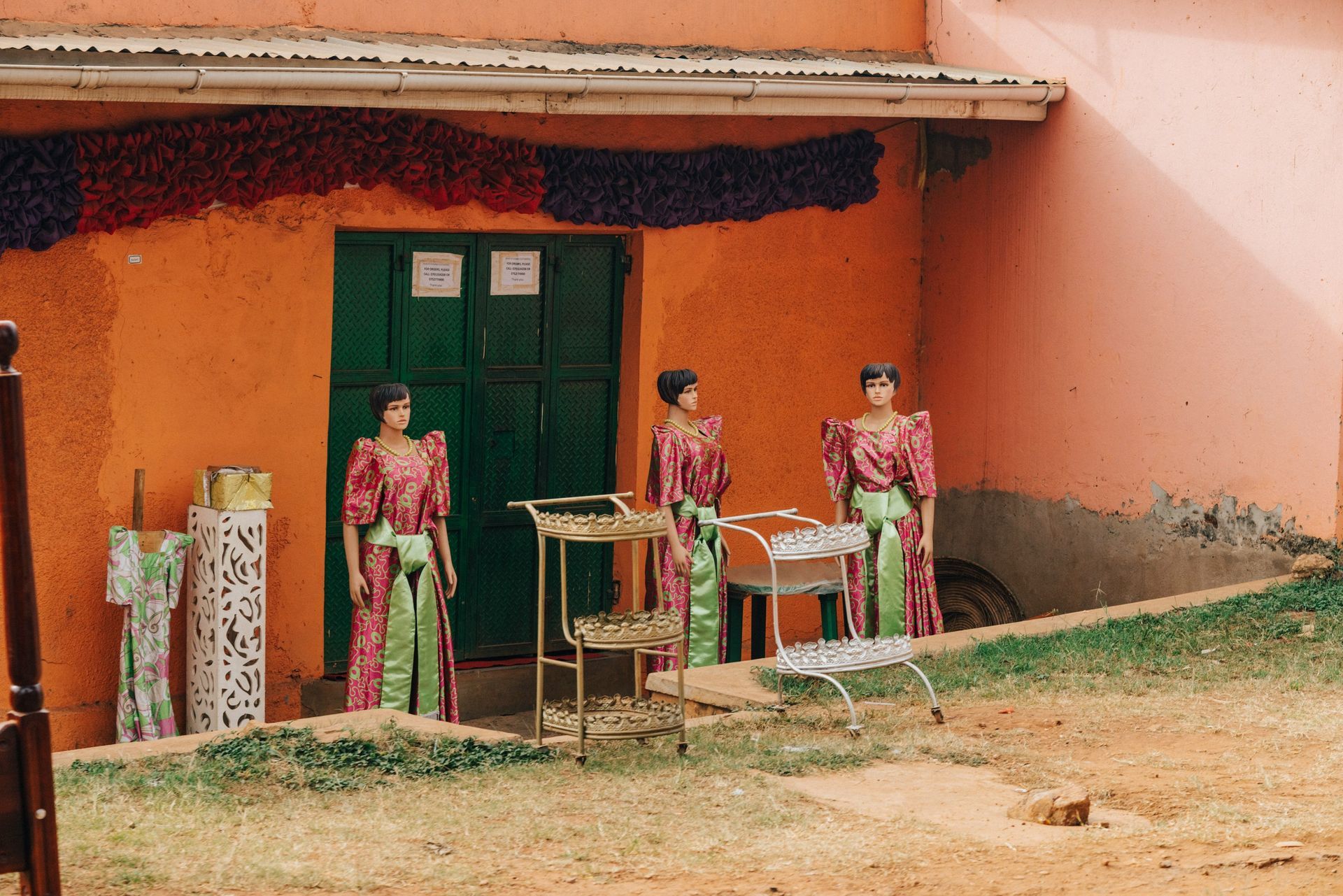
Photo by Random Institute on Unsplash
Any vision of development that ignores gender is fundamentally incomplete. Women in Uganda are not just participants in the economy; they are drivers of innovation, care work, and community resilience. And yet, patriarchal investment frameworks often overlook them. Impact investment, when approached with a feminist lens, can correct this imbalance. It asks: who benefits from this capital? Whose voices are heard? Whose labor is made visible?
Feminist impact investment recognizes that economic systems are not neutral. They reflect power, privilege, and access. It prioritizes funding for women-led enterprises, supports care infrastructure, and demands equity in decision-making spaces. It sees value in traditionally undervalued sectors, like health, education, and food systems, where women disproportionately work. It centers the lived experiences of women—especially rural, indigenous, queer, and disabled women—and measures success not only in financial terms but in shifts in power and agency.
CSOs in Uganda, especially those led by youth and women, already understand the social pulse. They know the communities, the gaps, the possibilities. But they lack the capital to scale their impact. Investors, on the other hand, have the money, but often lack context, trust, or the frameworks to assess non-financial returns. It is in this gap that impact investing can thrive, if both parties are willing to meet in the middle.
To get there, we must challenge how we define value. Investors must expand their lens beyond profit and consider the long-term social return on their investments. Civil society organizations must embrace data, scalability, and transparency, not as burdens, but as bridges. Partnerships must be built not on paternalism, but on shared purpose.
This is a call to investors: look beyond the numbers. Ask whose lives are changed by your investments. Measure returns not just in profits, but in possibilities created. And to CSOs: step into the room not just as beneficiaries but as co-creators. Speak the language of capital, but don’t lose the soul of the communities you represent.
Because at the end of the day, real development is not a line item on a balance sheet. It is a child in Gulu who goes to school because her mother’s agro-business got funded. It is a health worker in Mbarara who no longer walks five kilometers to a clinic. It is a community in Mbale that gets clean energy without losing its water source.
Capital that cares is not just a dream, it is a choice. And that choice begins when we stop prioritizing profits over people.
Article by Hannah Stacey Baluka
